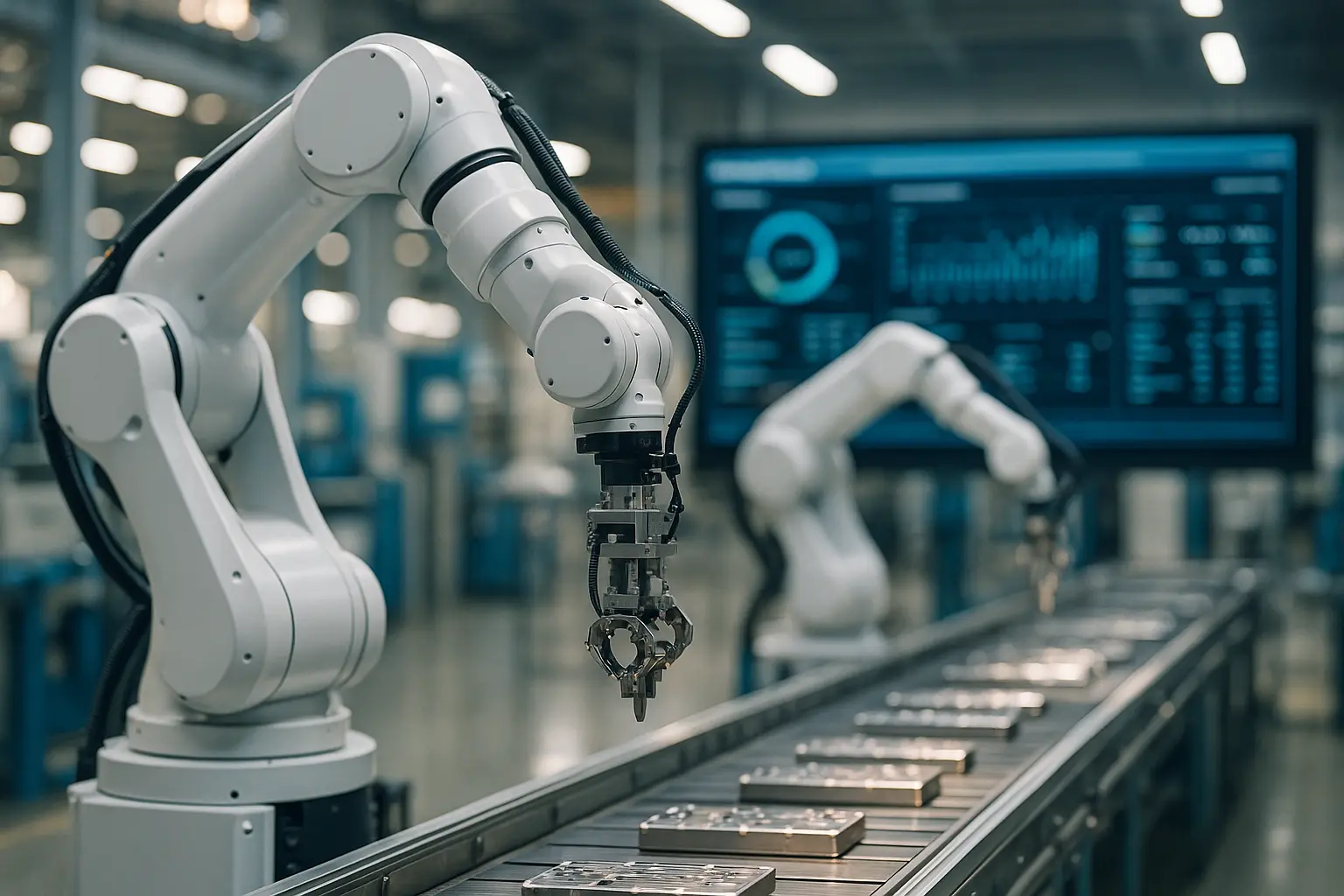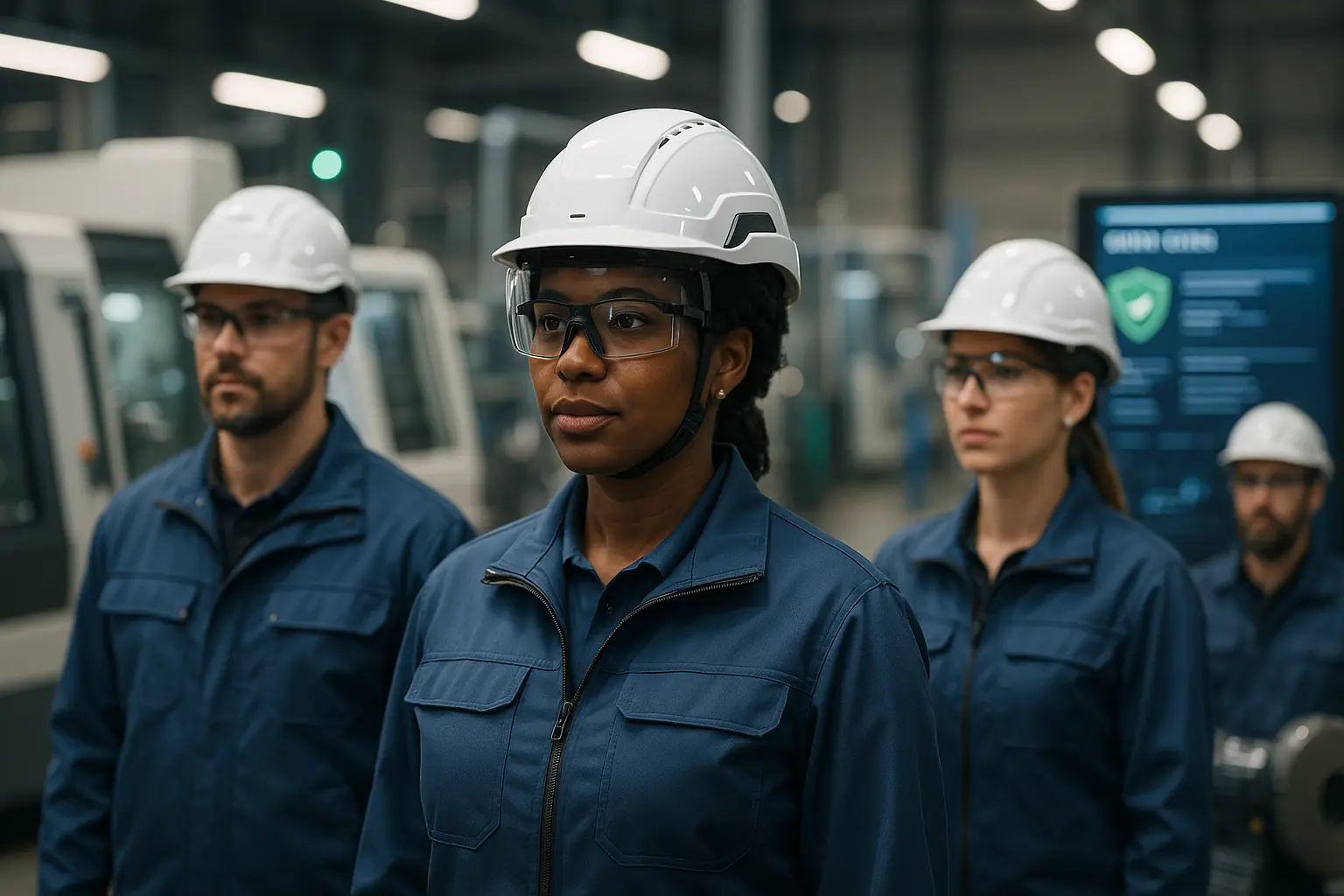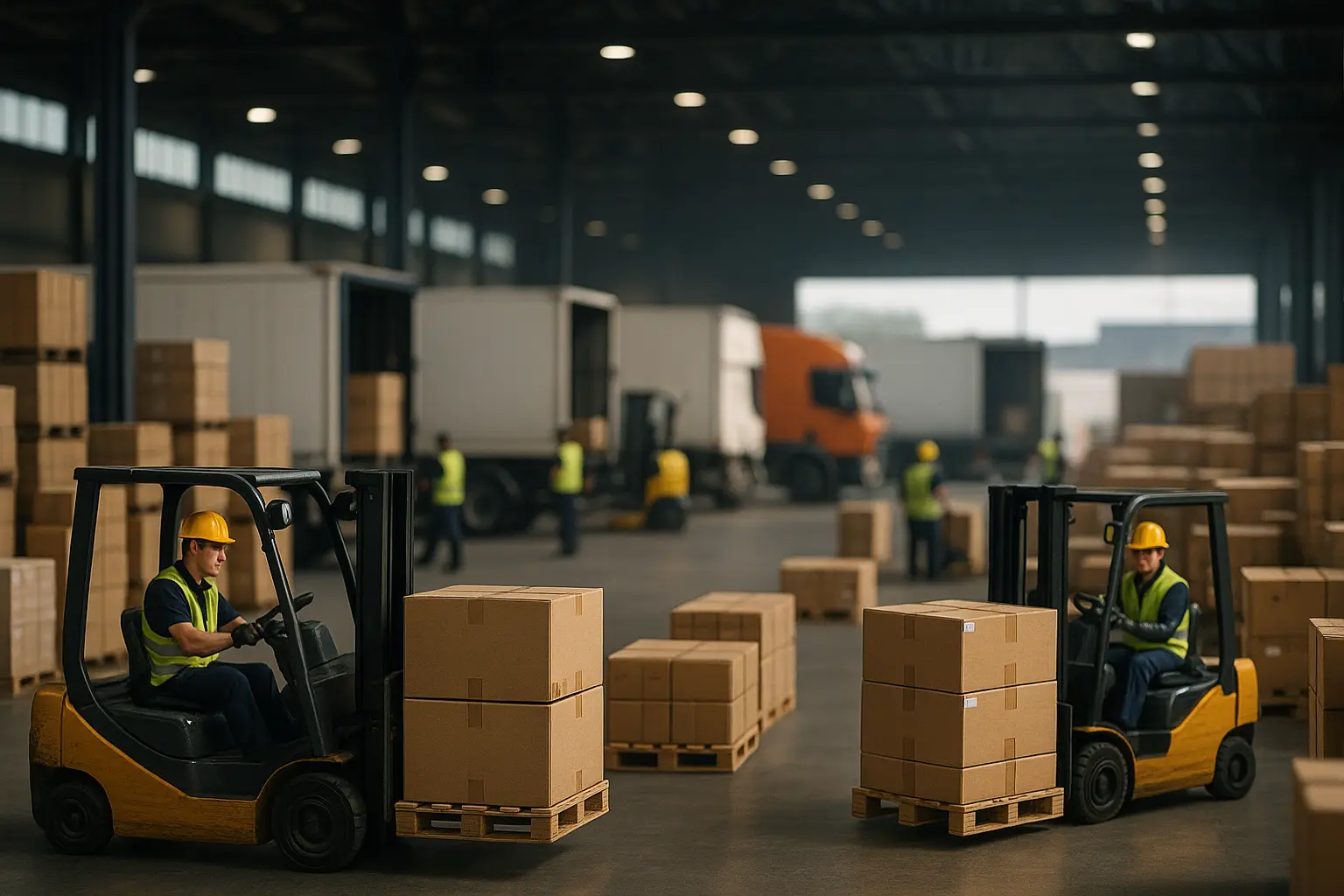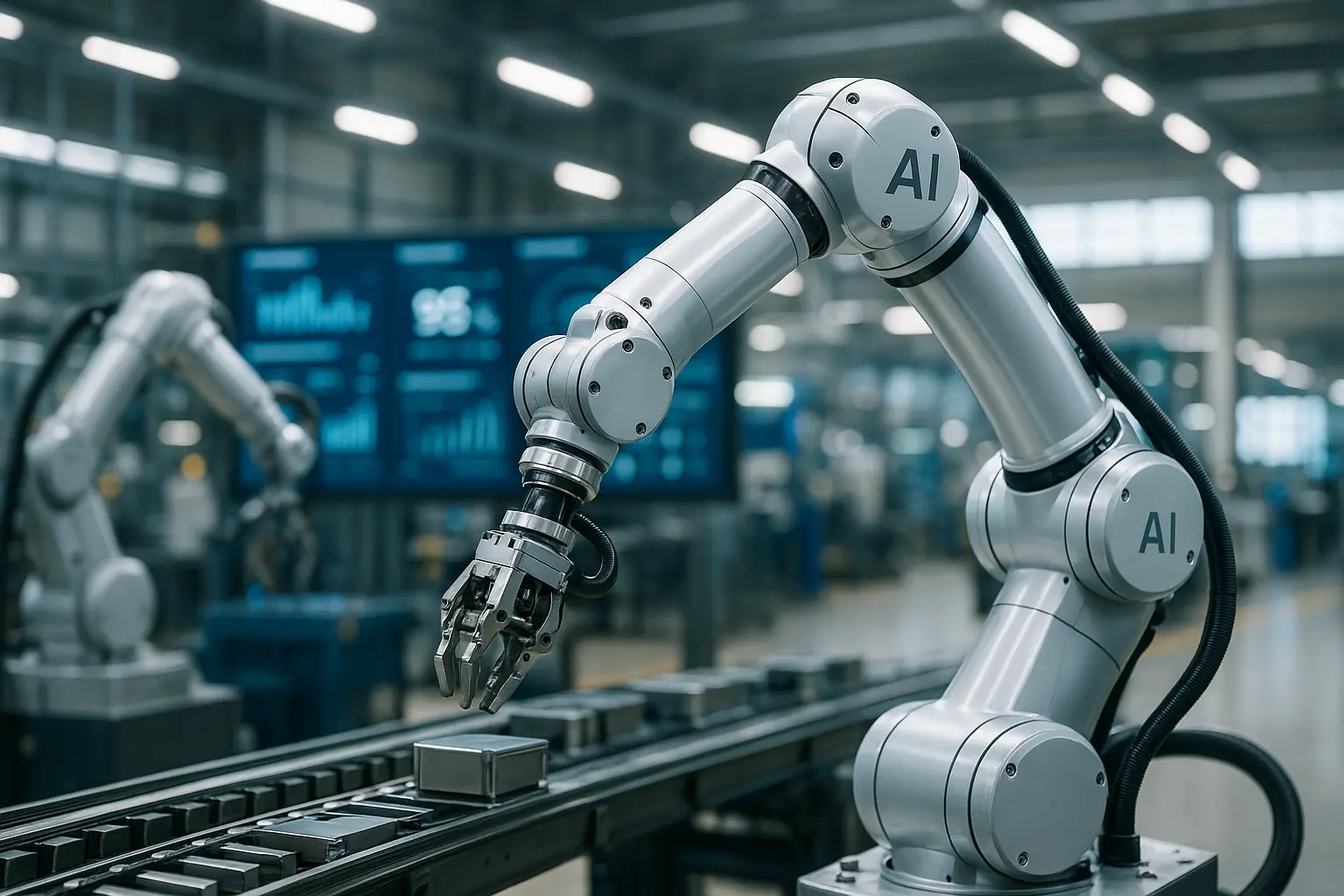What Is a Smart Factory and Why Does It Matter?
As we stand on the cusp of the Fourth Industrial Revolution, the term smart factory has become a buzzword, yet its significance stretches far beyond mere jargon. Imagine a factory where machines autonomously communicate, where data dictates decisions, and where production processes are optimized in real-time. This isn’t the future; it’s the digital reality of modern manufacturing. The transformation from traditional assembly lines to smart systems is reshaping how we perceive industry. Let’s delve into the technological metamorphosis and uncover why these factories are pivotal to modern manufacturing.
The Essence of a Smart Factory
To understand the smart factory, it’s essential to grasp its core components. At its heart lies the convergence of digital technologies that revolutionize conventional production methods. This integration creates a seamless, interconnected environment where data flows freely across platforms and devices. But what makes a factory truly ‘smart’?
A smart factory leverages advanced technologies such as the Internet of Things (IoT), artificial intelligence (AI), and machine learning to automate and enhance production processes. These machines are outfitted with sensors that collect data, which is then analyzed to optimize the entire manufacturing process.
In essence, it’s a system that thinks, learns, and adapts. Traditional factories operated on set schedules and fixed routines, but smart factories are dynamic. They can adjust production rates based on current demand, predict when machines will need maintenance, and even reallocate resources to prevent bottlenecks.
A key characteristic of a smart factory is its agility. This ability to swiftly respond to changes, whether they be market-driven or technological, ensures that manufacturers remain competitive in an ever-evolving landscape. Hence, the significance of a smart factory lies not just in its operational efficiency but also in its capacity to adapt and innovate.
The Backbone: Technologies Powering Smart Factories
The transformation from traditional to smart manufacturing is underpinned by a network of state-of-the-art technologies. These innovations form the backbone of the smart factory, enabling a real-time symphony of data and action.
-
IoT and Connectivity: The Internet of Things lies at the core, connecting machines, sensors, and systems. This network allows for seamless communication between devices, facilitating instantaneous data sharing and decision-making.
-
Artificial Intelligence and Machine Learning: AI and machine learning algorithms process vast amounts of data, extracting insights that drive automation and predictive maintenance. By learning from past operations, these systems optimize future production cycles, ensuring maximum efficiency.
-
Big Data Analytics: Data is the new currency of the industrial age. Smart factories harness big data analytics to gain actionable insights, enabling precise forecasting and informed decision-making.
-
Advanced Robotics: Robotics in smart factories goes beyond simple automation. These machines are equipped with cognitive capabilities, working alongside humans to perform complex tasks with unparalleled precision.
-
Cybersecurity: With increased connectivity comes heightened risk. Robust cybersecurity measures ensure that a factory’s digital infrastructure remains protected against potential threats.
Together, these technologies create a holistic ecosystem that empowers manufacturers to innovate, scale, and remain resilient in today’s industrial landscape.
The Impact on Production Processes
Smart factories don’t just enhance existing production processes; they redefine them. By integrating smart technologies, manufacturers achieve levels of efficiency and flexibility previously thought impossible.
Consider the concept of predictive maintenance. Instead of reacting to machine breakdowns, smart factories anticipate them. Leveraging insights from data collected through sensors, machines signal when maintenance is due, minimizing downtime and preventing costly delays.
Moreover, smart factories streamline supply chain management. Through real-time tracking and data analysis, they can optimize inventory levels, reducing waste and ensuring timely production. This kind of efficiency translates into cost savings that ripple across the entire manufacturing ecosystem.
Additionally, the ability to rapidly adapt to market demands gives manufacturers a competitive edge. Whether it’s scaling up production to meet sudden demand spikes or customizing products to specific client needs, smart factories possess the agility to pivot with the market.
Ultimately, the impact of smart factories on production processes is transformative, fostering a culture of continuous improvement and innovation.
In a world where change is the only constant, embracing the smart factory revolution is not an option but a necessity. These factories are not merely about adopting new technologies; they’re about redefining the very essence of manufacturing.
The potential benefits of smart factories are immense. They enhance efficiency, reduce costs, and improve product quality while ensuring sustainability and adapting to the ever-changing market dynamics.
As we look to the future, the question is not whether we should transition to smart manufacturing, but how swiftly we can integrate these digital solutions into our existing frameworks. The journey towards smart factories demands vision, investment, and commitment, but the rewards are worth the effort.
The age of smart factories is upon us, and those who adapt will lead the charge into a new era of industrial innovation. Let’s embrace this transformation and unlock the full potential of what a truly smart world has to offer.
FAQ
What exactly is a smart factory?
A smart factory is a highly digitized and connected production facility that relies on smart manufacturing. It leverages advanced technologies such as the Internet of Things (IoT), artificial intelligence (AI), and big data analytics to improve efficiency, productivity, and flexibility in manufacturing processes.
How does a smart factory differ from a traditional factory?
Unlike traditional factories, which are primarily manual and operate with limited data integration, smart factories use interconnected systems to automate processes, adjust in real-time, and optimize production. This results in enhanced decision-making, quicker responses to changes, and reduced waste.
What are the key components of a smart factory?
The main components include:
- IoT Devices: Sensors and connected machines that collect and share data.
- AI and Machine Learning: Tools for analyzing data and improving processes.
- Cloud Computing: Platforms for data storage and processing.
- Cybersecurity: Measures to protect data and systems from threats.
- Advanced Robotics: Robots that perform tasks with precision and adaptability.
Why is adopting a smart factory important for businesses?
Adopting a smart factory is crucial for businesses aiming to maintain a competitive edge. It allows for:
- Increased Efficiency: Streamlined operations and reduced downtime.
- Enhanced Quality Control: Real-time monitoring and adjustments.
- Scalability: Ability to quickly adapt to market demands.
- Cost Savings: Reduced waste and optimized resource use.
What challenges might a company face when transitioning to a smart factory?
Companies may encounter several challenges, including:
- High Initial Investment: The cost of new technologies and infrastructure.
- Skill Gaps: Need for workforce training and development.
- Integration Issues: Ensuring compatibility with existing systems.
- Cybersecurity Risks: Protecting sensitive data from breaches.














Post Comment